Many people spend a substantial part of each day indoors-in many cases, 80 to 90 percent-in a house, an automobile, a waiting room, an office or other workplace, or a confined space accessible to the general public, such as a store or a restaurant. It has been shown that indoor exposure to environmental pollutants cab be substantial. Although there is little epidemiologic evidence on the health effects of indoor pollutants, indoor concentration of some pollutants that already have primary ambient air quality standards exceed those standards. Indoor exposure has been largely overlooked in research on the health effects of environmental pollutants, but it can constitute an important fraction of the total exposure to many pollutants. The sources and characterization of indoor pollution, have been taken a random which cover its decay products, formal dehydrates and other organic substances, asbestos and fibrous glass, combustion products, tobacco smoke, consumer products, odours, temperature and humidity, and other pollutants, not specifically treated. The objective of this book is not a global treatment of every possible hazard encountered indoors, but rather a selective treatment. The chief criterion for selective treatment. The chief criterion for selective is direct or circumstantial evidence that a contaminant causes or is reasonably likely to cause human stress, illness, or material damage indoors.
Sources and Characterization of Pollution (Volume 9)
$19.80
$22.00
In stock
Free & Quick Delivery Worldwide
All orders amounting to US$ 50 or more qualify for Free Delivery Worldwide. For orders less than US$ 50, we offer Standard Delivery at $14 per book.
ABOUT THE AUTHOR R. Swarup
Dr. R. Swarup (b. 1928) had his education at government Agricultural College, Kanpur (now Chander Shekhar-Azad University of Agriculture and Technology, Kanpur) and Delhi School of Economics. After serving at prestigious institutions like the Allahabad Agricultural Institute, Indian Agricultural Research Institute. New Delhi, Mosul University in Iraq etc, he heads the Agro-Economics Research Centre for Western Himalayan Region since establishment in, 1973 at Himachal Pradesh University, shimla. He has contributed a number of research papers and co-authored books titled – Agricultural Development in Himachal Pradesh, Management of Social forestry in India, Production and Marketing of apples, and Horticultural Development in Hill Areas.
ABOUT THE AUTHOR S.N. Mishra
Professor S.N. Mishra (b. 1942), after serving at Magadh University, joined the Indian Institute of Public Administration in 1980 where currently he is Professor of Rural Studies. Apart from publishing nearly twently books on various facets of Rural Society, he has contributed more than hundred research papers to the various journals in India and abroad. A member of the Executive Committee of the Indian Public Administration Association, Prof. Mishra's areas of specialization are: Indian Political System, Applied Public Administration, Political Sociology, Constitutional Law, Democratice Decentralization, Development Administration and Local Self-Government.
ABOUT THE AUTHOR V.P. Jauhari
Dr. V.P. Jauhari (b. 1949) has his education from Allahabad University, Punjab University and London School of Economics (LSE) UK. Thought a serving bureaucrat has extensive work experience in the field of environmental management at State, National and International level, Till recently he headed the Ministry of Environment & Forests in Govt. of A.P. and State Pollution Control Board. He has also worked in the Ministry of Environment & forests in Govt. of A.P. and State Pollution control Board. He has also worked in the Ministry of Environment & Forests, GOI apart from working as head of intergovernmental body, sponsored by UNEP, called South Asia Co- operative Environment Programme (SACEP) at Colombo. He has worked as consultant to many UN bodies and has many publications to his credit. Currently he is heading Ministry of Agriculture in Govt. of A.P.
reviews
0 in total
Review by Anonymous
Be the first to review “Sources and Characterization of Pollution (Volume 9)” Cancel reply
You must be logged in to post a review.
Bibliographic information
Title
Sources and Characterization of Pollution (Volume 9)
Author
Edition
1st ed.
Publisher
ISBN
8170993695
Length
viii+391p., Figures; Tables; References; 23cm.
Subjects
more by R. Swarup see more
more by S.N. Mishra see more
more by V.P. Jauhari see more
Sustainable Development of Water Resources: Performance Appraisal of Dams
The word sustainability has ...
$28.80
$32.00
Social and Economic Impact of Environmental Policies (Volume 6)
The ‘Social and Economic ...
$22.50
$25.00
similar bookssee more
Hydrogeomorphology: Fundamentals, Applications and Techniques
Hydrogeomorphology is the ...
$29.70
$33.00
Agriculture Extension and Sustainable Rural Development
The agricultural scenario is ...
$133.20
$148.00

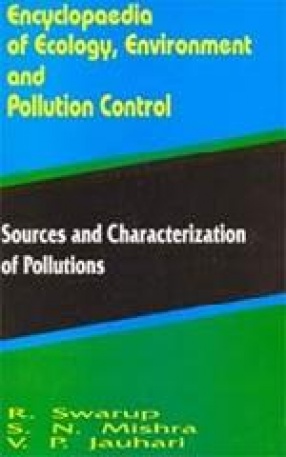

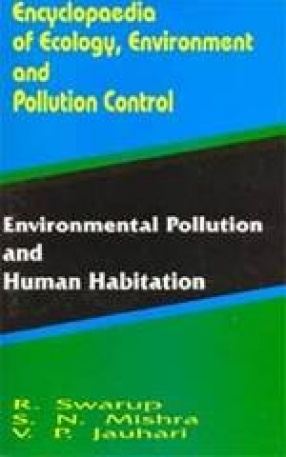
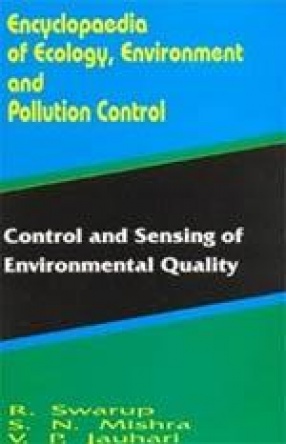
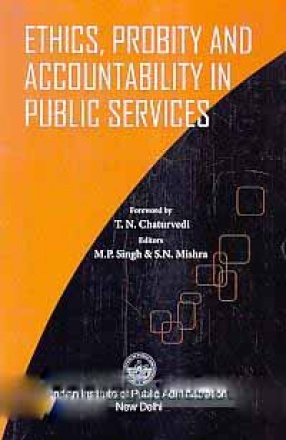

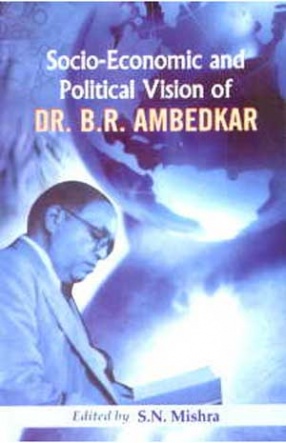
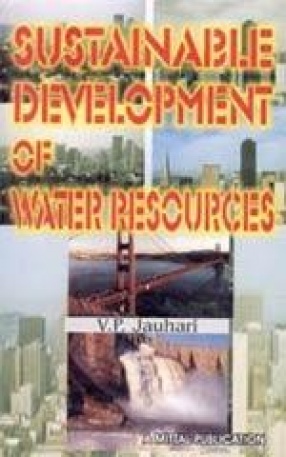
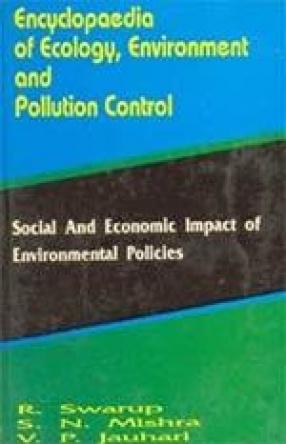
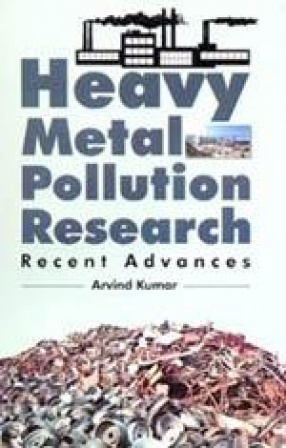
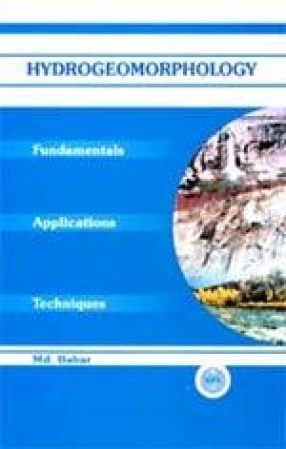
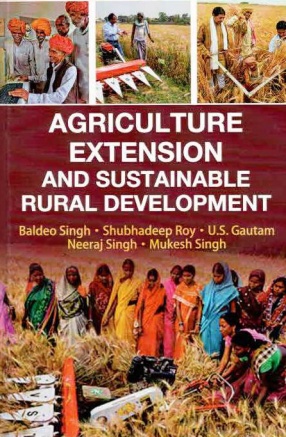
There are no reviews yet.